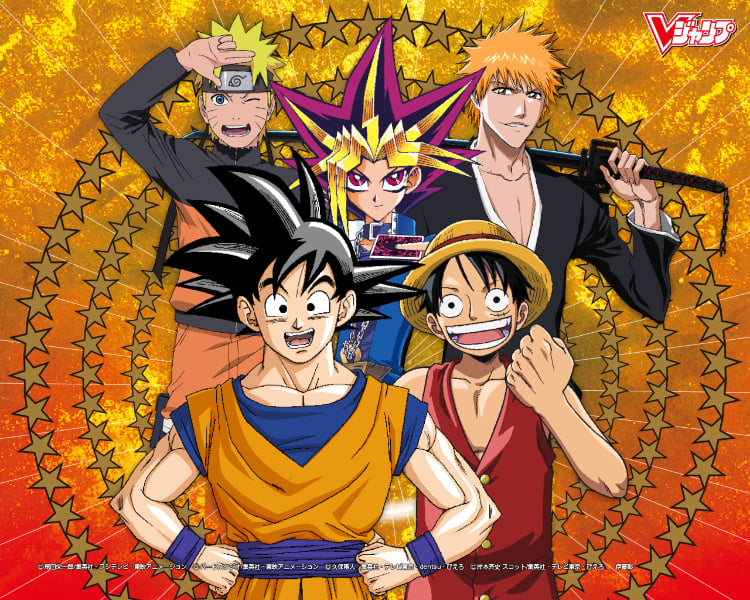To Be Continued… | Serialisation vs Episodic Animation
Your favourite character writhes in pain, a scared look on his face. His arch nemesis stands over him, an energy blast building in his hand. Is this the end for our hero? How will he get out of this one? The screen cuts to black. Then those dreaded words appear to drag you out of your experience. “To be continued…”
Is this dreaded phrase so dreaded after all? Or, in fact, does serialised storytelling in cartoons actually enhance the experience for the viewer? Let’s take a look at serialisation vs episodic animation and the pros and cons of each.
Sometimes we love a show because of its characters, its environment design, its animation quality. Oftentimes however, it is the format of the series that actually affects our perception of it. Episodic formats tend to present isolated adventures and centre around a weekly villain or scenario. This is much more common with western cartoons and the Saturday morning block-style animations.
Serialised animations tend to have overarching plot lines, multiple threads and a building situation over the course of a number of episodes. This is much more common in Japanese anime. The way these two are executed is very different but often shows will combine both together.
Examples from Western animation
Until fairly recently, serialisation was left to films and live-action series. Many of the more famous characters presented for an American or British audience had strong characterisation but with very little development. We would follow their adventures each week, always having that reset button at the end. A prime example is Scooby Doo. He is characterised as always eating, being scared, and being clumsy.
Over years and many incarnations of the crime-solving dog, Scooby Doo! Mystery Incorporated was created back in 2010. The series takes a more modern approach with the characters, adding more depth to our heroes, more themes running throughout and, most significantly, more development to the plots. With the addition of this format, we are suddenly given more three-dimensionalism to the world of Crystal Cove, our series’ setting. Despite this and one earlier incarnation, The 13 ghosts of Scooby Doo, having an overarching plot, we still had the usual villains of the week. The networks almost seem afraid to commit to a more serious development.
In recent years, shows like Steven Universe, the final season of Samurai Jack, Star vs the Forces of Evil and many more seem to be trying to subvert the episodic format. However, often a plot is outlined, with very little development until many episodes into the series. This doesn’t necessarily damage immersion because we can still love a series without it needing to be stretched or subverted to be more than it is. So when we see shows such as Avatar, The legend of Aang and Gargoyles, it feels fresher.
A lot of this lack of serialisation could easily boil down to the misconception that all cartoons are for children and that many shows were created to sell merchandise and not actually made to tell strong stories and character-driven situations.
Examples from Eastern animation
Japanese anime, having for a long time, held less stigma towards animation being age-based, has had time to expand further on plot-driven cartoons, leading to larger sagas such as in Dragonball, Yu-Gi-Oh! and One Piece. Many of these are based off of manga, which allows for easier adaptation. In the West, most cartoons are original properties and therefore harder to drag into a non-episodic format.

Immersion in Animation
So, the big question, immersion? Which is better, episodic or serialised? Well, the answer is, it is a matter of opinion. Many feel that the swift episodes lead to more enjoyment because you can hop in and out during the chaos of everyday life as well as adhering to the attention spans of younger age groups. Others believe that serialisation allows for more immersion in the plot, more character development and a better chance for binge watching.
In conclusion, there are good shows in both areas. The Simpsons has made a name from being episodic whereas The Venture Bros, in later seasons, has expanded to create its own world. The thing is, the Simpsons have their own world as well. World-building in animation can be created both through compelling characters and a multiplicity of weekly scenarios, and through finely-crafted storytelling and plot investment. Episodic series are free from logic and consequence, which allows for whacky or catastrophic events to occur without lasting effects or ramifications for the protagonists. However, this also limits character development and can stymie a viewer’s emotional connection to the show. Each approach to storytelling has its pros and cons, and rewards its viewers with varying pay offs.
So, which is better? Serialised cartoons or episodic cartoons?
Will we come to a conclusion?
Find out on the next exciting article…
…or not.
You decide.
